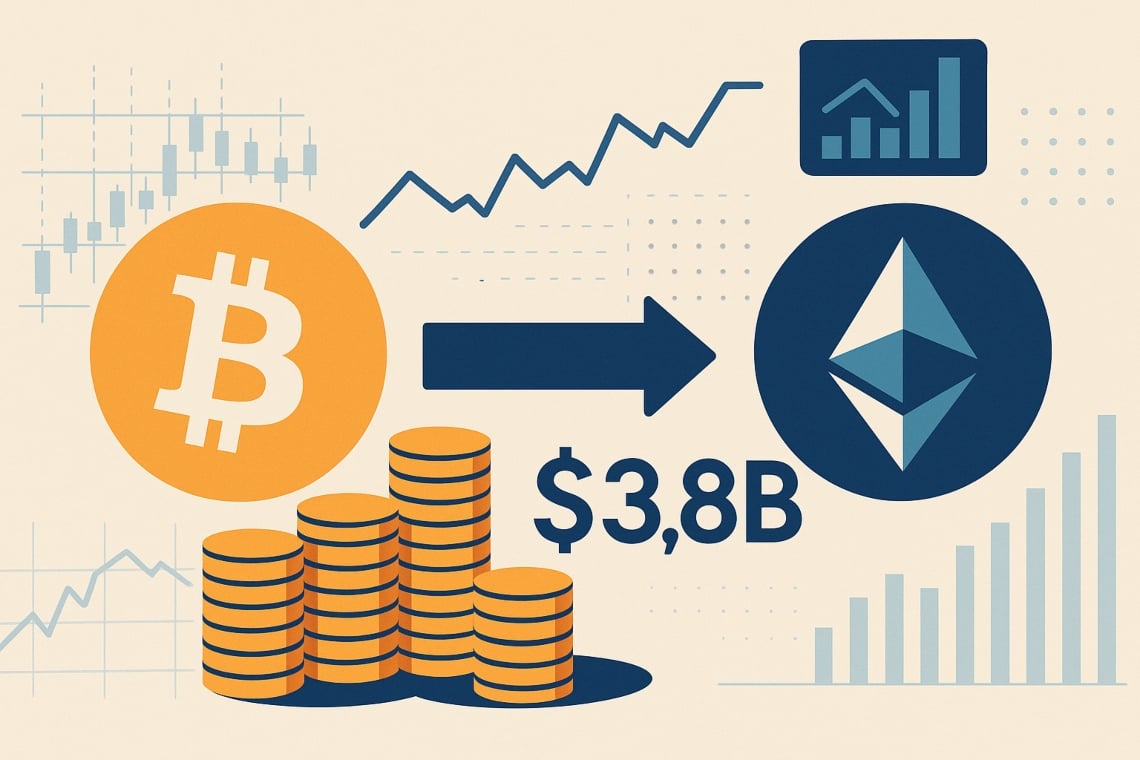Sonic Labs reveals plan to launch Sonic USA LLC
Sonic Labs has earned near-unanimous community approval to issue $200 million worth of its S tokens to expand into the U.S. market, including creating a proposed exchange-traded product and a Nasdaq-listed investment vehicle.
The community vote closed Sunday, recording 99.99% support from 105 participating wallets. Plus, with over 700 million tokens involved, the proposal comfortably met the S token participation quorum. After the vote, Sonic shared on X, saying, “Sonic is coming. Governance passed. Stay tuned.”
Sonic revealed plans to launch Sonic USA LLC
Sonic plans to back a Nasdaq-listed PIPE (Private Investment in Public Equity) vehicle with S tokens worth $100 million, plus another $50 million will fund an ETP (Exchange Traded Product) on the S token, which will be custodied by BitGo. According to the company, the ETP is set to be issued by a prominent regulated ETF issuer with significant assets under management.
Founded in 2013 and headquartered in Palo Alto, California, BitGo is one of the largest crypto custody firms in the U.S. But its services go beyond storage—clients can also borrow, lend, and trade directly on the platform.
As earlier reported by Cryptopolitan, from January to June, BitGo’s assets under management reportedly surged from $60 billion to $100 billion. The company attributes this growth to stronger regulatory frameworks and rising crypto adoption. Early investors, including Goldman Sachs, DRW Holdings, Redpoint Ventures, and Valor Equity Partners, now find themselves eyeing a potential public exit. The company recently filed for an IPO confidentially, just as crypto markets continue to climb and Washington finally acknowledges the industry’s presence.
To advance their strategic interests in the United States, Sonic is also establishing Sonic USA LLC, led by New York employees who will lead the firm’s activities in Washington, D.C., and more broadly in finance. So far, its recently opened office is funded with 150 million S tokens, worth nearly $47.7 million.
FantomOpera rebranded to Sonic and officially launched in December 2024, in which FTM tokens were converted to S on a 1-to-1 ratio. Back then, Fantom Foundation had less than 3% of the beginning supply left, focusing more on buybacks than partnerships. But Sonic’s team says the old token structure was holding back its growth, keeping it from strategic deals with companies such as GameStop, Robinhood, and Polymarket, and holding up early listings on major exchanges.
Reportedly, with so little supply held, only a fraction of what other similar projects hold, around 50%, Sonic was said to be buying tokens from the open market to fulfill its plan’s needs. The firm even commented, “We have 2018 tokenomics. We need 2025 tokenomics.”
Sonic wants to change its gas mechanism to address the added issuance
Sonic is also trying to recreate its gas mechanism to combat new tokens in circulation, which will burn a larger percentage of fees, thus reducing inflation and creating long-term deflationary pressure. The approach will enable the company to interact with traditional finance instruments, such as ETFs and PIPEs, while safeguarding token holders. However, the S token has dropped around 69% since January, according to figures from CoinGecko.
The blockchain company was also mentioned among the participants of an effort by the U.S. Department of Commerce to put economic data on-chain using Chainlink and Pyth oracles. That integration would allow developers to incorporate U.S. macroeconomic data directly on the Sonic network. The company added that it has the potential to unlock completely new use cases, from making trading strategies based on economic data to using macro data for on-chain lending
Your crypto news deserves attention - KEY Difference Wire puts you on 250+ top sites
You May Also Like

U.S. stocks closed: the three major stock indexes rose and fell, and Circle rose 34%
